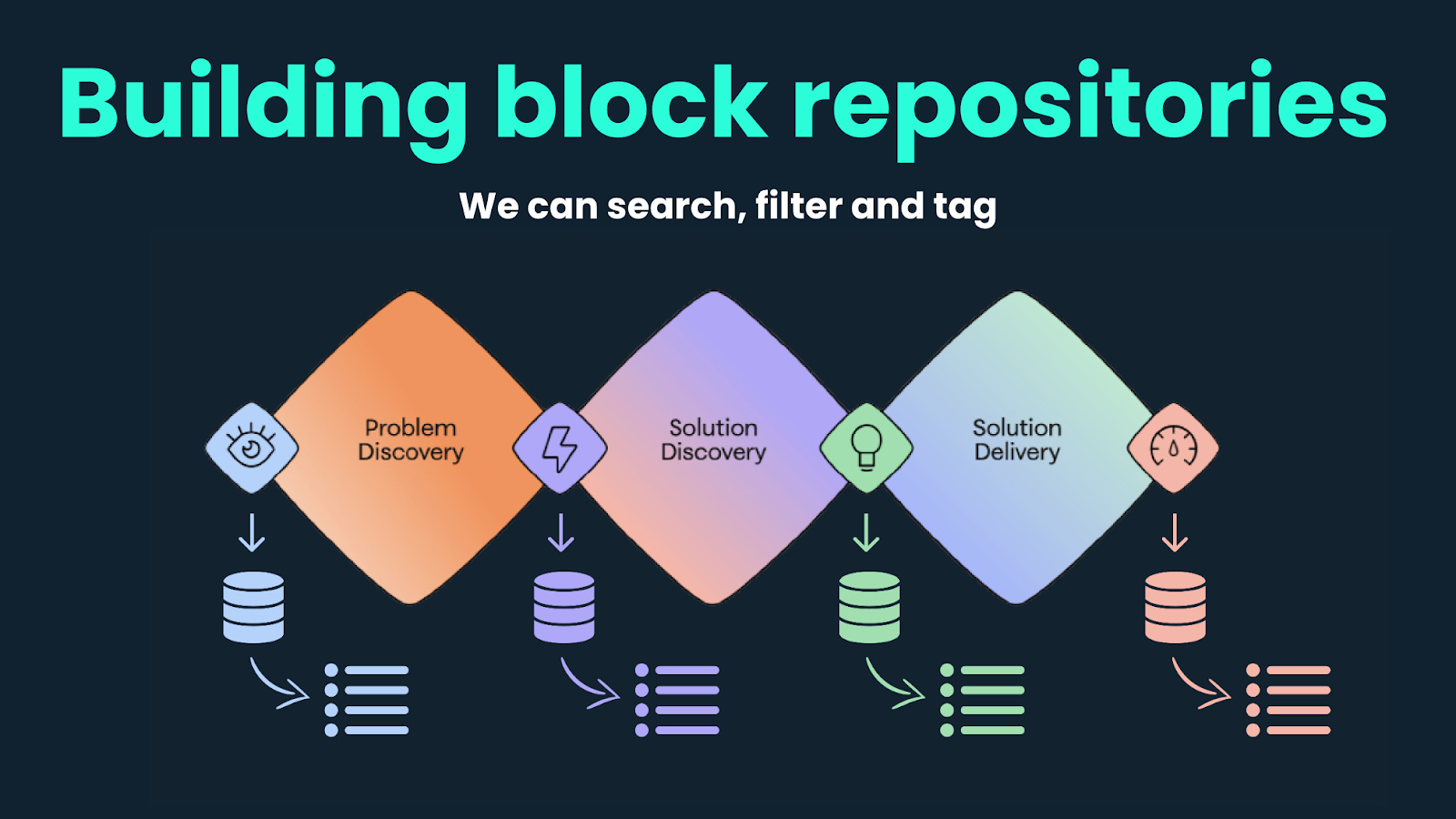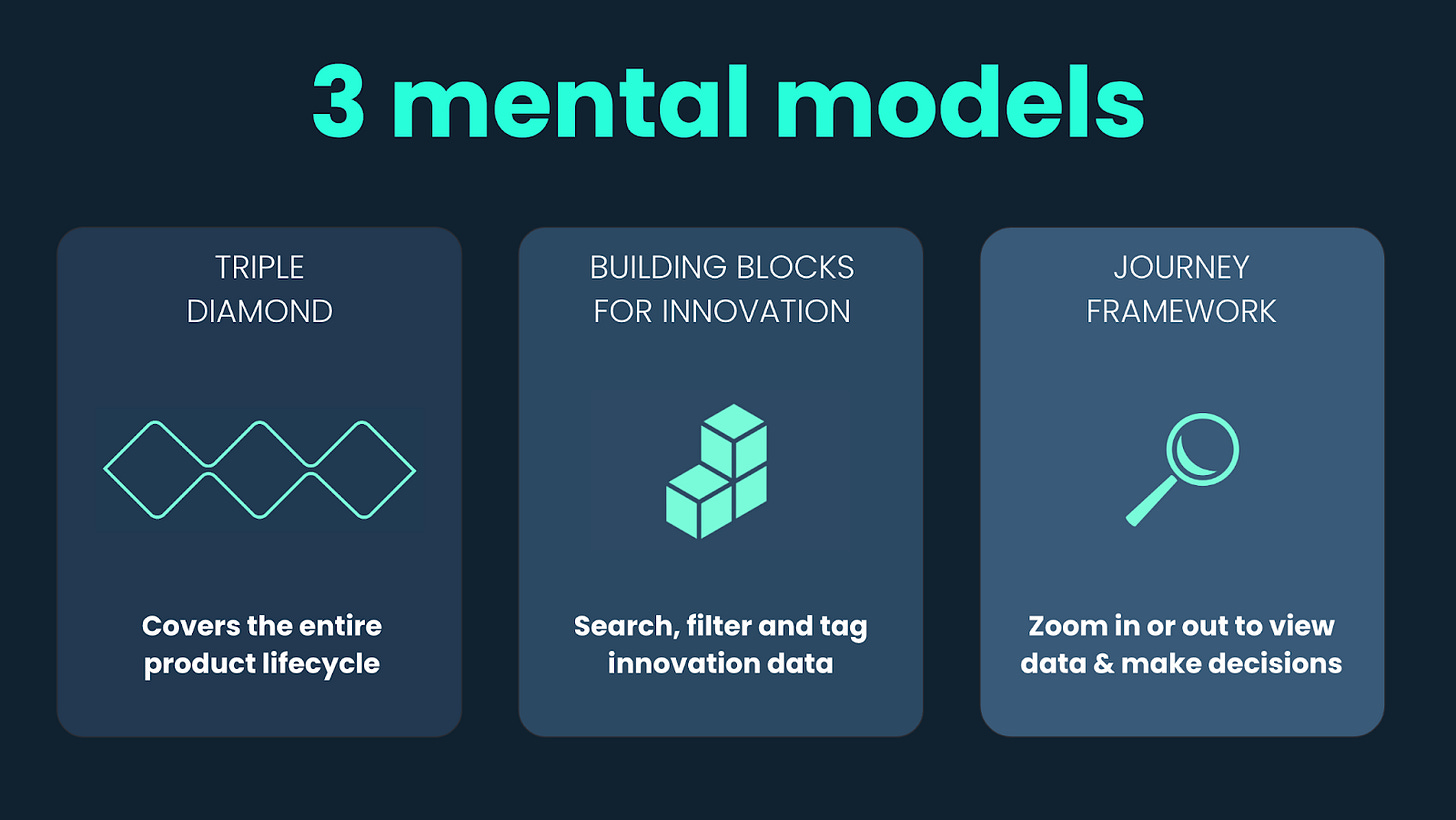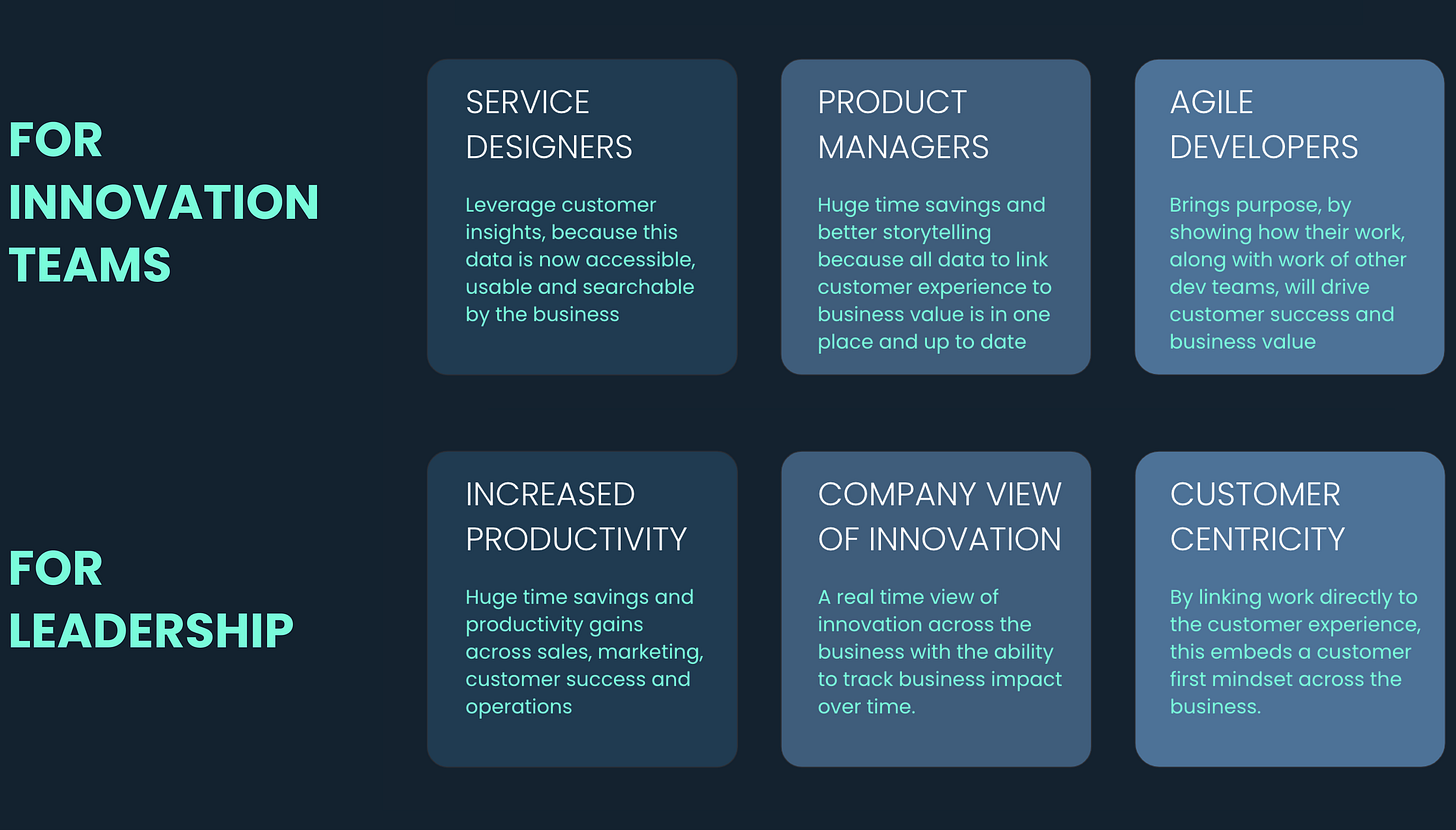Every few years something comes along that makes me re-evaluate my entire approach…
A great example for me is… Sketch and Figma.
When I first used sketch, it blew my mind!!
Sketch was the first product oriented visual designer and it was a step change for designers creating apps.
I was a passionate advocate for Sketch for several years, like a raving fan. A full 10 out of 10 on the NPS.
And then I used Figma, and it was like an epiphany. Suddenly I could see there was clearly a better way.
Features like integrated prototyping, real time collaboration and community created a step change in product design.
(To watch this article as a video, click here)
The Future of digital transformation
Right now, Journey Management is poised to do for digital transformation what Figma has done for design.
Over the last 20+ years I have had a varied career, covering agile, product delivery & strategy, customer experience as well as digital transformation to bring these disciplines together.
Journey Management brings alignment across each of these disciplines.
And this alignment accelerates innovation.
Here’s how it works
I have 3 mental models for you to bring this to life.
#1: The Triple Diamond
The double diamond is the bedrock of design thinking.
It’s a proven framework to walk in the customer’s shoes and discover solutions that improve the customer experience and drive business value.
But there is a big issue of the double diamond, which is that it stops at prototyping.
And this is handed off to agile teams for delivery.
The discovery and delivery processes effectively work from different sets of data.
Delivery data is hosted in Jira or other agile and roadmapping tools, which are administered by agile teams.
Customer experience data is hosted all over the place.
Data is in Figma, Miro, Dovetail, Excel, Pitch decks.
It’s littered around the company. In short, It’s a mess!
Several times I have been weeks into a project when I find a hidden pitch deck that gives me answers to my innovation problem.
It’s standard practice for different teams to host the same CX data in different apps.
For example, marketing customer insight is often completely siloed from product customer insight. I’ve actually worked in companies where product teams are literally not allowed to see the marketing customer insight data!
This siloing of information causes pain.
The triple diamond fixes this.
By providing a complete view across the entire product lifecycle with a single source of truth for all teams to work to, this removes the silos of between these teams and allows teams to leverage each others work.
#2: The building blocks for innovation
These are all of the key data points needed to track and record information across the entire triple diamond.
Each are owned and created by different teams. But these building blocks are useful to everyone and they should be accessible to the entire business.
Journey management makes this possible.
We can place these building blocks onto journey maps.
This is much like traditional Journey Mapping, with post it notes on a map.
But the important point about Journey Management is that these building blocks are stored in repositories. So we can see them on the Journey maps. But we can also see them as a list, and sort, search, filter and tag these building blocks. We can create a graph to show how this information links.
This opens a host of opportunities to leverage this data across teams and and different levels of granularity to suit many purposes.
#3: The Journey Framework
The Journey Framework allows us to nest journeys at different levels.
The top lifecycle level: Which maps the whole customer lifetime of journeys on a single page.
Macro journeys: where each service step is a job to be done that achieves a goal for the customer.
Micro journeys: which are smaller steps required to make progress to a goal.
Process or technical journeys: which are digitally enabled user journeys backed by technology. Like filling in a form or using webchat to get an answer to a question.
Here’s an example:
A bank has a host of services for their customers.
One of these is securing a mortgage on a house.
Lifecycle
This basically allows people to find their home. In terms of life impact, it’s a hugely important.
Lifecycle example
This is a step in the bank’s customer lifecycle and lives at this top level alongside services like opening a bank account, getting life insurance and investing savings.
Macro example
The Macro journey in this example is securing a mortgage in principle.
For a customer this is an important job to complete. It is a big relief to complete this step because you know exactly which houses you are able to afford and can target your search.
Micro example
The example Micro journey is providing proof of income. Collecting proof of your earnings over several years.
This is quite a large task and most of this is completed outside of the banks systems.
Process example
An example process journey is sending these documents to the bank.
This is actually backed up by systems in the bank’s control.
This could be a website upload or an email or even by post, and there will be processes and systems for the customer and the bank.
This gives a picture of a thin slice down the Journey Framework.
The journey framework allows us to map an entire organisation, from top level to technical detail. And we can zoom in and out to the level that matches our context.
Let’s return to the building blocks for a moment.
When we overlay these onto journeys across the entire journey framework, the ability to search, sort and filter provides us with a view of innovation at all levels.
Most importantly, teams can quickly come together around this data to make decisions at each level that empower innovation. The efficiency savings are huge! Companies applying this are seeing a 10X increase in productivity.
Recap
Here is a recap of how Journey Management works:
We use the Triple Diamond to track information across overs the end-to-end product lifecycle.
We overlay 6 key building blocks onto customer journeys. These are all stored in one app in repositories, so all teams have access and the information can be sorted, searched and filtered.
We apply a journey framework, which allows us to zoom in and out to the different levels of the customer experience, from the whole lifecycle down to technical detail.
The outcomes are profound. Companies using Journey Management are seeing a 10X increase in productivity:
More articles and videos on Journey Management
Understand Journey Management in 8 minutes
A short video that explains the fundamentals of Journey Management and how this is revolutionising innovation. (If you’re new to Journey Management, start here.)
The benefits of Journey Management (Series)
Learn more about the business benefits of Journey Management in this series. (Useful for digital leaders explaining Journey Management to their organisation.)
About me
My name is Simon Conway, A Journey Management Consultant: I help digital leaders succeed with Journey Management. I provide:
Education: For teams new to journey management
Pilot development: For CX and Product leaders making a case for Journey Management and win buy-in for
Scaling and transformation design: For Digital Leaders looking to embed journey management across your business
Coaching: 1:1 tailored support, helping digital leaders to succeed with Journey Management
Learn more and connect
View more articles on Journey Management
View my portfolio, to see how I help organisations to succeed with Journey Management


















